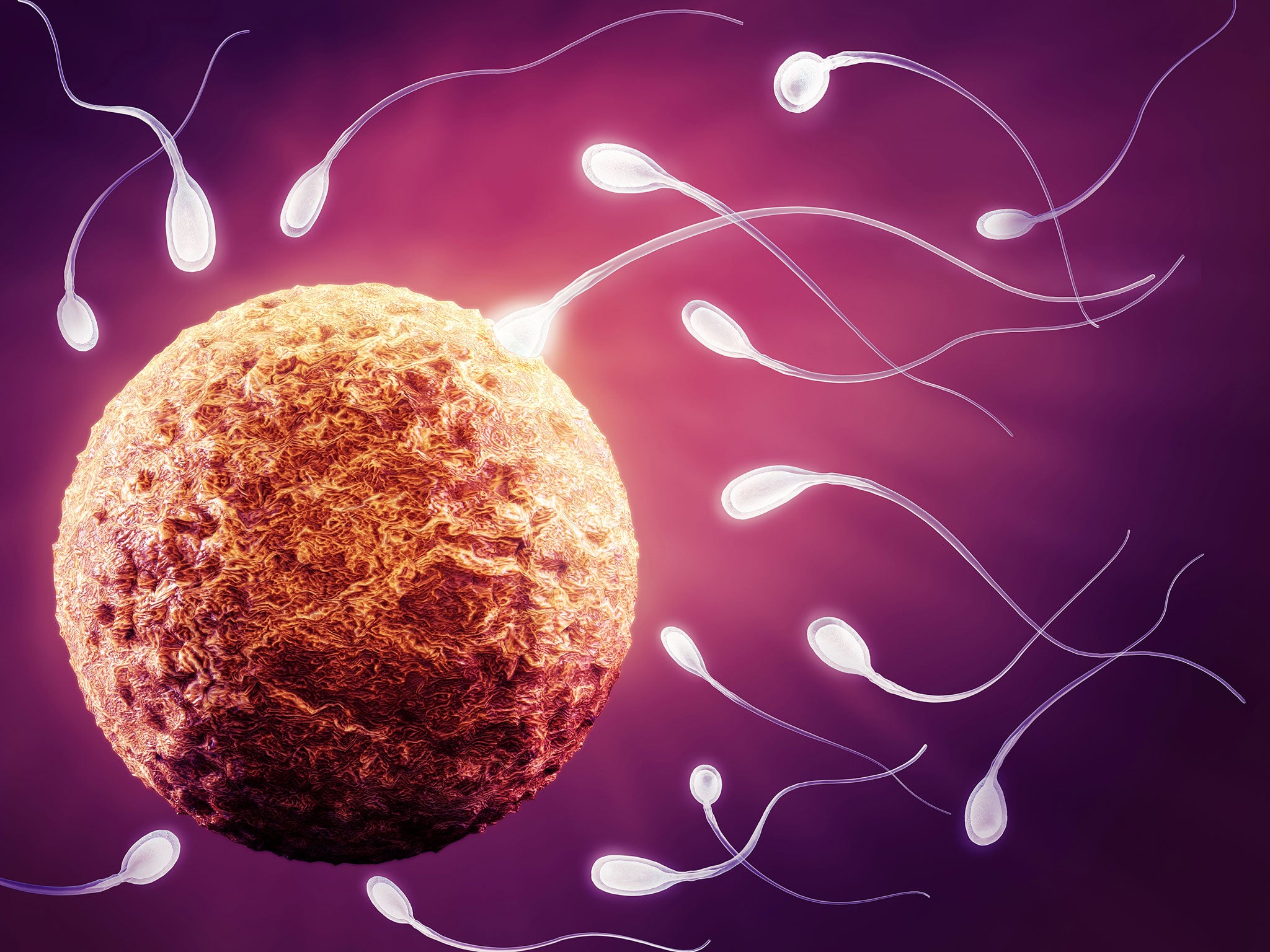Men are more fertile in the summer, study finds
Sperm is twice as active in July and August compared to January

Your support helps us to tell the story
From reproductive rights to climate change to Big Tech, The Independent is on the ground when the story is developing. Whether it's investigating the financials of Elon Musk's pro-Trump PAC or producing our latest documentary, 'The A Word', which shines a light on the American women fighting for reproductive rights, we know how important it is to parse out the facts from the messaging.
At such a critical moment in US history, we need reporters on the ground. Your donation allows us to keep sending journalists to speak to both sides of the story.
The Independent is trusted by Americans across the entire political spectrum. And unlike many other quality news outlets, we choose not to lock Americans out of our reporting and analysis with paywalls. We believe quality journalism should be available to everyone, paid for by those who can afford it.
Your support makes all the difference.In spring a young man’s fancy may turn to thoughts of love, but it’s in summer that his semen is more likely to send him on the path to fatherhood.
New research shows that sperm is more active in the middle months of the year, and twice as active in July and August compared to January, according to a study based on 11 years of data on more than 5,000 men being treated for fertility problems.
Infertility, defined as the inability to conceive after 12 months of trying, affects around 15 to 20 per cent of couples and progressively increases with age. Male infertility is responsible for about half of cases, and one of the main factors is poor sperm motility.
To reach and fertilise an egg, sperm must wriggle and swim through a woman’s cervix, uterus and fallopian tubes. This movement is known as motility, and men are most likely to be fertile when at least 40 per cent of sperm are moving.
In the study, doctors analysed data collected from 5,188 men attending the Centre for Reproductive Incapacity of the University Hospital of Parma, in northern Italy, looking for possible seasonal pattern in sperm quality.
Results show that motility peaked in the summer, and was lowest in the winter. They also show that the number of men with a motility or movement greater than 40 per cent was 65.3 per cent in summer, and only 50 per cent in winter.
“We have shown the existence of a seasonal variation in some functional aspects of human semen,” confirmed Dr Alfredo De Giorgi, who led the study.
Seasonal changes in levels of hormones including testosterone may be responsible, according to the study published in the journal Chronobiology International.
In seasonal breeders – animals that successfully mate only during certain times of the year – light plays a part in the regulation of reproduction, to ensure that birth occurs at the most favourable time of the year.
In humans, there are also seasonal variations in the sleep cycle as well as in levels of the stress hormone cortisol, teosterone, vitamin D and cholesterol.
Join our commenting forum
Join thought-provoking conversations, follow other Independent readers and see their replies
Comments